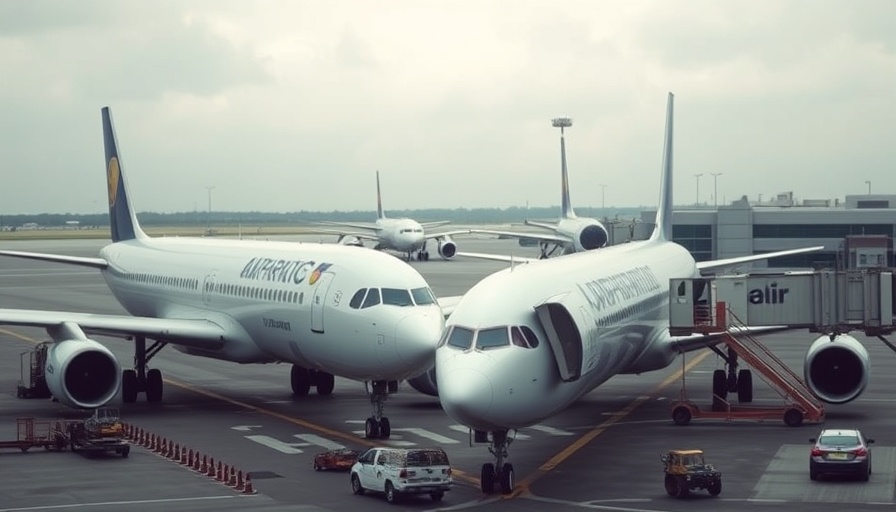
Uncertain Skies: A Deteriorating Paradigm
As the airline industry soared into 2025 with optimistic projections, challenges loomed just beyond the horizon. Delta Airlines initially forecasted remarkable revenue growth, anticipating that consumer travel would surge following years of pandemic restrictions. The International Air Transport Association (IATA) backed this optimism, projecting for the first time that global airline revenue could crack the $1 trillion mark. However, as the year unfolded, a quick pivot in economic sentiment began to hinder these aspirations.
Bumpy Weather Ahead: The Geopolitical Impact
The arrival of a new administration brought significant shifts in trade policies, including tariffs which created instability across markets. Delta’s early confidence waned, and the airline was compelled to revise its previous financial outlook, citing unforeseen declines in both corporate and leisure bookings. CEO Ed Bastian voiced concerns as consumer and corporate confidence fell sharply after a promising start to the year.
Blind Spot Forecasts: The Volatility Dilemma
United Airlines has also taken a cautious approach, issuing dual forecasts in light of the unpredictable market atmosphere. Their ability to stick to previous guidance appears contingent upon the macroeconomic environment, which they describe as impossible to predict with certainty. This reflects a broader trend among airlines who, facing policy fluctuations and market pressures, are prioritizing the protection of capital rather than aggressive expansion.
Broader Implications: More Than Just Airlines
The broader implications of this unpredictable climate extend beyond airlines; they touch on pivotal aspects of the aerospace and defense sectors as well. With fluctuations in confidence impacting travel and cargo transport, manufacturers and suppliers in aerospace are at risk of experiencing similar demand shocks. The innovation and growth trajectory anticipated in aerospace could hinge on consumer and corporate spending patterns amid this volatile backdrop.
The Path Forward: Strategic Resilience
As the industry grapples with these challenges, it is critical for airlines and stakeholders to develop strategic responses that ensure resilience against continuous fluctuations. This includes flexible planning that allows airlines to adapt quickly to changing demand and economic conditions. The industry's ability to navigate these tumultuous times will likely define its trajectory for the next decade.
Understanding the industry’s current and future landscape is crucial for consumers, investors, and policymakers as they make informed decisions in this ever-evolving sector.
 Add Row
Add Row  Add
Add 




Write A Comment